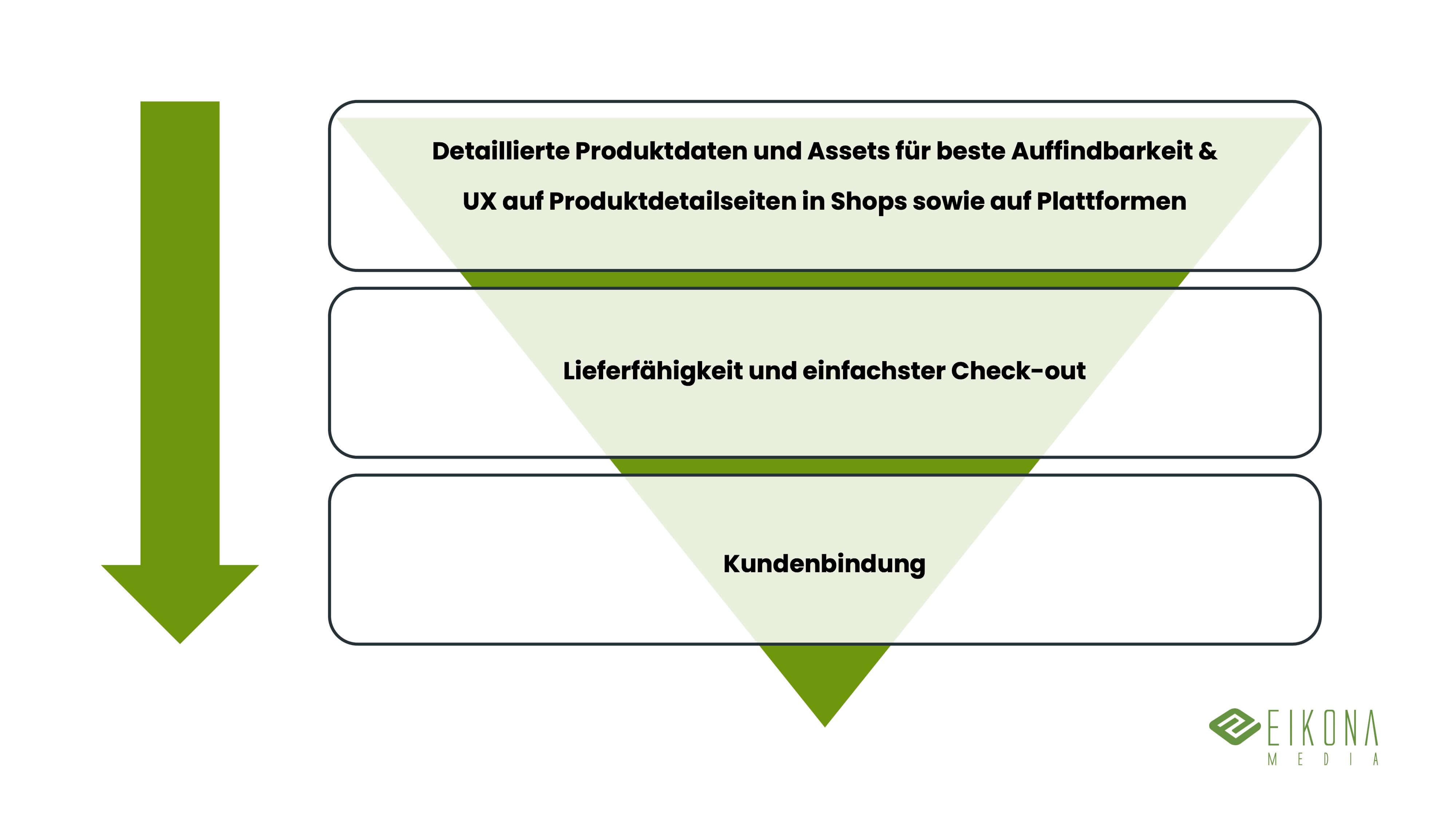Business-to-Consumer E-Commerce

Meanwhile, over 10 percent of private purchases are processed online. The various sources agree on this sales share of B2C e-commerce. In the Non-Food area, the proportion is already over 20 percent.
The link between stationary retail and e-commerce is increasing – not least due to the pandemic and the resulting forced click & collect. But why is this so and what is derived from the motives for the technical basis of e-commerce? What makes ordering so attractive for private individuals ? - In Germany there is a long tradition in distance selling. Quelle, Neckermann and Otto - all had catalogues at the time of the German Economic Miracle. Buyers in Germany were well aware of ordering by catalog – so the transformation to the Internet was easier than in many other countries. The comfort and an almost infinite selection at sometimes lower prices than in the store led to rapidly growing sales figures. The e-commerce giant Amazon, with its premise of doing everything for the customer, quickly put pressure on brick-and-mortar retailers and smaller online retailers. Online customers always want exactly the product they are looking for at a price that matches their expectations and – this should not be underestimated – as quickly as possible. Complicated check-out processes are just as unacceptable to online shoppers as long delivery times.
B2C E-Commerce: Platforms are becoming increasingly important
In B2C e-commerce, the customer's first challenge is to find the desired product. Meanwhile, online shoppers know that the first stop for a quick purchase is Amazon. Amazon generates about one third of the purchases itself, almost two thirds of the purchases are made via the marketplace, where other retailers and manufacturers are allowed to offer goods. In any case, marketplaces are the big trend in e-commerce of recent years. This will make large online retailers even bigger. Whether it's Otto, the media market, Manomano, Obi or Cronrad: retailers are trying to achieve a volume that makes them interesting for consumers by integrating other providers. It is, so to speak, the shop-in-shop thoughtof the late 80s and 90s, during which the stationary trade tried to create an ever larger homogeneous sales area in order to be a magnet for customers. The staff and the equipping of the shelves have been taken over by the manufacturers since that time. Why not continue this online? - Manufacturers and retailers must prepare and maintain their product data for platforms. Those who have the best prepared data will be listed the fastest and have the greatest chances of the conversion: the purchase of the product via their data.
Product data is crucial for market success in B2C e-commerce
You read quite correctly: At this level of the funnel, the quality of the product data determines whether a customer buys – as long as the product corresponds to his requirements. In addition to the product quality and price, the characteristics of the product must match so that the customer decides on the next step, the purchase. These characteristics are outlined and provided by the product data. In order to achieve this high quality of product data, a PIM is required for companies with many products – a system for product information management. In this, the product data are recorded and stored with the smallest possible detail - i.e. in a low granularity </ strong>, so that they can then be recombined and compiled as desired according to the requirements of downstream systems. In our case, this would be our own website, but also platforms such as Amazon.
And visual material is also needed for this – of course! The requirements for this have increased considerably in recent years. While at first one photo was sufficient, several photos are now common for many product classes – front views, back views, those from the side or from above, detail pictures, ambience photos or action shots, dimensional drawings, operating instructions, data sheets etc. The generation, storage and distribution of these files requires a suitable DAM system – a digital asset management.
Using product data to create a prerequisite for SEO and listing
It should have become clear here that the basic prerequisite for successful B2C e-commerce is not just a shop system or the start of a business on an e-commerce platform. Although these are elements, necessary conditions, they are not sufficient. From complete product data with a very high level of detail and the associated assets, you have the best prerequisites to place the data tailored to larger product quantities, optimized for search engines in your own shop and on platforms . So it's not just about SEO for Google, search engine optimization is also necessary on Amazon and for other platforms. With assets adapted to the respective situation, photos that illustrate features and their benefits, you ensure the upcoming conversion.
Short check-out in B2C E-commerce
What then becomes important in your own webshop is the simplest and safest possible completion of the order. So show in your product detail pages how easy this works. Amazon Pay and Paypal logos near the Buy button work real miracles here, because the customer sees that he has no effort with the collection of his address. The handling is also safe for him. It is the shortcut to conversion that works. Otherwise, as you know, the guideline is that about half of the potential customers jump off per step in the check-out process. This is exactly what can be avoided! The transaction costs incurred are well invested, because in this way customers are won who might otherwise have jumped off.
Drop Shipping is a success factor in B2C e-commerce
There is another important point for the conversion: the ability of the product to be delivered. Customers who are used to being able to hold an order in their hands after one or at the latest two days can only accept longer delivery times with price discounts. It would therefore be important for manufacturers to get products from as many online retailers as possible not only into the listing, but also into the warehouses. For understandable reasons, online retailers only do this for anticipated high-rollers, otherwise the capital commitment would be too high. The extended delivery time due to the order from the manufacturer, of course, the online retailer informs about his ability to deliver - is also not really a way out. Even if there are occasional deals in these cases, drop shipping is a possible way for manufacturers to achieve a higher listing and completion rate in B2C e-commerce. In this case, the conclusion takes place in the online store of an online retailer, the delivery of the order is taken over by the manufacturer. Depending on the characteristics, the package is neutral, designed in the branding of the manufacturer or even in the branding of the online retailer. In any case, the probability of a purchase is higher than with a longer delivery time.
Don't forget: Customer loyalty
With a completed purchase of a new customer, we gain addresses. After the purchase is before the next purchase – it is important to retain customers and to generate and keep these addresses active. Sure – this is also possible and useful before buying. Discounts for the first purchase with the subscription to a newsletter – whether absolute or percentage – are just as helpful as coupons or sweepstakes. If we are allowed to communicate with customers, the probability of a purchase is higher than with marketing measures without this opt-in.
